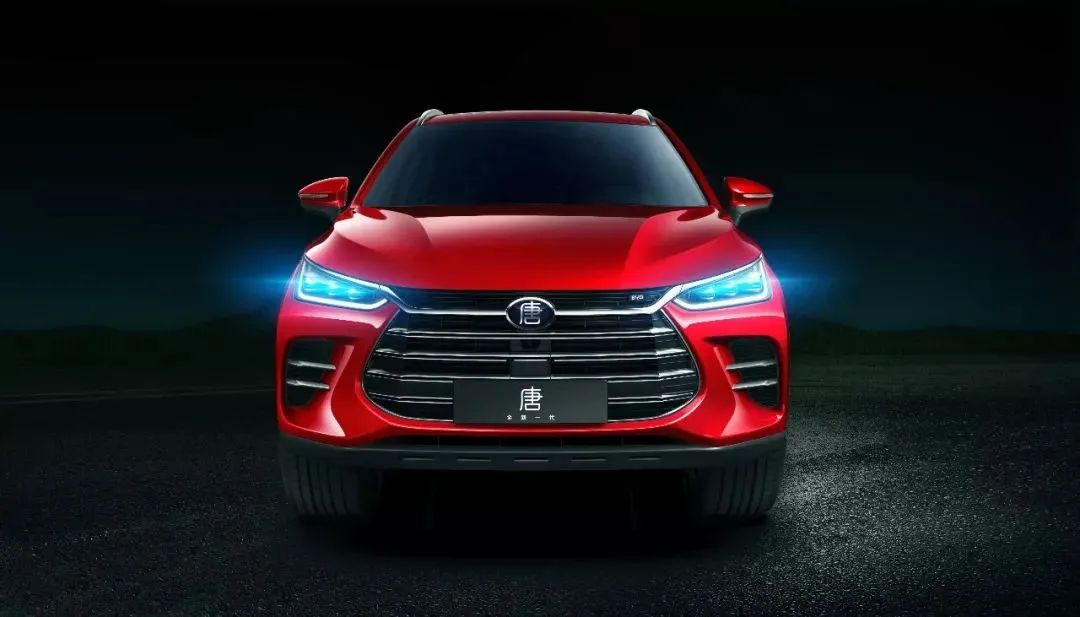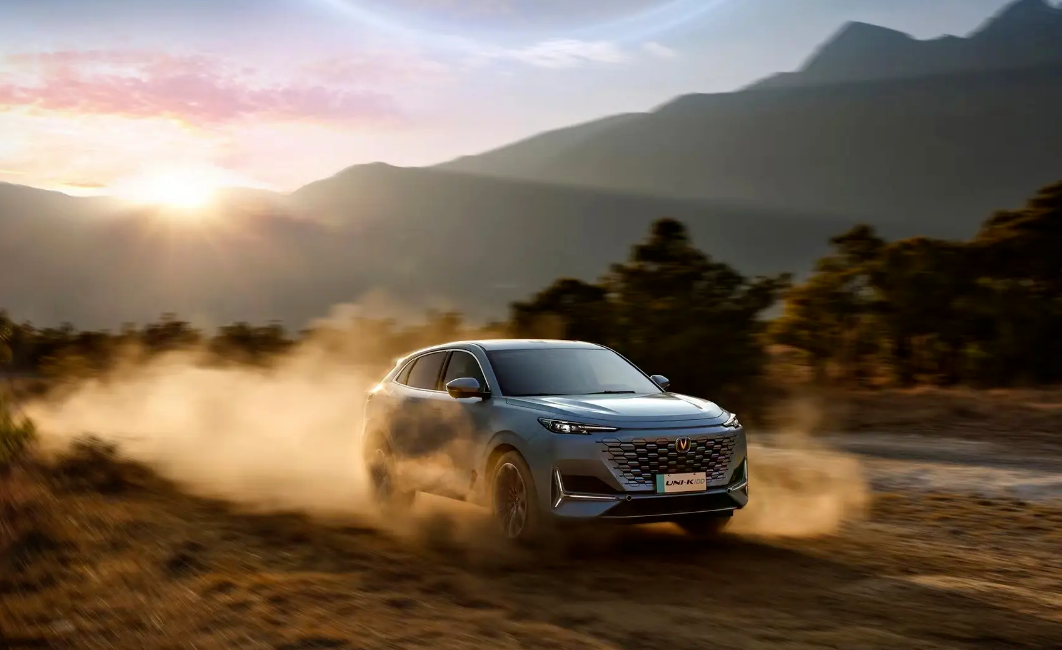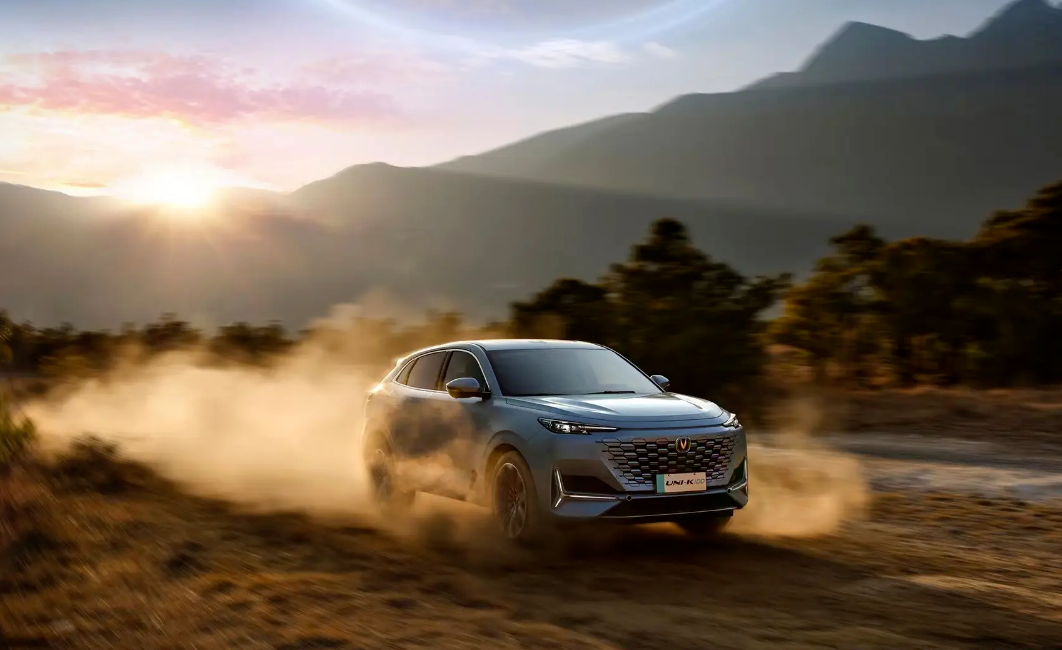Author | Yung Ge
Currently, a battle between joint ventures and independent brands, fuel and electric, is playing out.
China’s automotive market has ranked first in the world for more than ten consecutive years, but doubts about the “large but not strong” Chinese automotive industry have never stopped.
In 2019, Zhu Huarong, Chairman of Chang’an Automobile, stated in a media communication meeting, “Independent and joint venture brands will inevitably have a battle, which cannot be avoided. Therefore, we are now trying to compete directly with joint ventures.”
Three years later, in this battle for territory, the era of independent and joint venture cars facing off against each other has fully arrived.
With the rise of intelligent and electric trends, the brutal market competition has indeed caused many non-competitive brands to gradually disappear, but the arrival of a new era and new patterns has also brought new opportunities to those who are brave and decisive.
According to data released by China Passenger Car Association, the domestic retail share of independent brands was 51.5% in October, accumulating to 52% from January to October, an increase of 11.4% compared to the same period in 2021.
Looking at the retail rankings, three out of the top four are independent car companies, with BYD ranking first. In October, the wholesale market share of independent brands reached 53.8%, accumulating to 49% from January to October, an increase of 5.4% compared to the same period in 2021. Looking at the wholesale rankings, BYD, Geely, and Chang’an’s “Three Majors” beat the “Three Strong” joint ventures. The joint venture camp, which has dominated the Chinese auto market for 30 years, has seen some decline in market share.
Joint venture brands dominate the traditional fuel car market, while independent brands shine in the new energy vehicle market. Is this a flash in the pan or a long-term trend?
Accelerating the Matthew effect, the strong get stronger, and the weak get eliminated, the split situation is becoming increasingly clear. With Chinese brands constantly advancing, the close combat between independent and joint venture cars is becoming more intense. What is the future trend?
Catching Up
The fuel era is the territory of joint venture brands. Mercedes-Benz, General Motors, and Volkswagen have strong industry foundations and thick patent walls, leading the industry’s development with advanced engine, transmission, and chassis tuning technologies. For a long time, independent brands have been chasing from behind, but this situation has changed in the past five years.From an external perspective, 20 years ago, the exterior design of domestic brands was called a copycat master and lacked original design ability. However, now domestic brands have the ability to create original designs for both exterior and interior, whether it’s Changan’s boundaryless grille, Geely’s waterflow-inspired grille, or BYD’s “Dragon Face” of the “Dynasty Series”, which can compete with joint ventures of the same level, and even stand up against luxury brands without losing their own distinctiveness.

If exterior design is only surface level work, then the improvement in the power system, which has a higher threshold and where joint ventures have the greatest advantage, represents the true strength of domestic brands.
In 2021, Great Wall Motors released the 3.0T 9AT/9HAT superpowertrain, which filled the market gap of domestic brands in the field of high-power engines with large displacement, and also broke the technological monopoly of joint venture brands on large-displacement engines. As the flagship powertrain of Great Wall Motor’s high-efficiency fuel technology, the 6Z30 3.0T engine adopts a V-shaped 6-cylinder form, and is equipped with many advanced engine technologies such as double injection systems and Miller cycles, which can output a maximum power of 260kW and a maximum torque of 500N·m, making it the strongest domestic power. In addition, Changan Automobile’s “Blue Whale NE Power Platform” is China’s first modular engine development platform. In addition to the already equipped 1.4T, 1.5T engines, it is also compatible with a variety of power types including 1.0-1.8L displacement, as well as 48V, HEV, PHEV, etc. It has high versatility and strong expandability.
Of course, the leading position in local data does not mean that domestic engines are completely leading, but it has also greatly narrowed the gap with joint ventures.
Breakthrough
In the era of hybrid power, in addition to the two veteran players of Honda and Toyota, domestic brands are also actively developing and catching up.
When it comes to hybrid systems, it is impossible not to mention BYD DM-i.
In October, BYD’s new energy vehicle sales surpassed 210,000, of which plug-in hybrids contributed half of the sales. The key components of BYD DM-i super hybrid technology are efficient engines, EHS electric hybrid systems, control systems, and blade batteries, which have the technical advantages of being both oil and electric, low cost, low fuel consumption, and high reliability. BYD’s advantage is not only in controlling core technology, but also in maximizing cost-effectiveness. BYD Song PLUS DM-i sold 50,072 units in October, winning the plug-in hybrid category monthly sales champion with the price advantage of “buying a hybrid car with fuel money”.
Similarly, the iDD hybrid system launched by Changan has been equipped in models such as UNI-K, UNI-V, and Oshan Z6. The iDD hybrid system is touted as a comprehensive hybrid solution, including a high-performance Blue Whale engine, a highly efficient Blue Whale electric drive transmission, a super-large capacity PHEV battery, and an intelligent control system, which can achieve a fuel-saving effect of 40\% compared to traditional fuel vehicles of the same level. Changan’s first hybrid model, the UNI-K iDD, can achieve a range of up to 130km in pure electric mode, with a comprehensive fuel consumption of only about 5L per hundred kilometers in the case of discharge, and the maximum range in HEV mode can reach 1100km.
In addition, Great Wall’s Lemon hybrid DHT technology pioneered two-gear engine direct drive, which achieves the highest efficiency and strongest power throughout the entire speed range; Chery’s Kunpeng power DHT has four major advantages of “strong power, ultra-smooth, long endurance, and extreme fuel efficiency”; Geely’s Lynk&Co Thunder Hi X hybrid system has a 1.5TD hybrid-specific engine with a high thermal efficiency of 43.32\% and a fuel consumption of about 3.6L per hundred kilometers. The Star Yue L Thunder Hi X has even achieved a range of 1426.1km.
In the hybrid field, independent brands such as BYD, Changan, Great Wall, and Geely, which lead the way, have already caught up with joint venture brands in both technology and sales volume.
Leading
If in the era of fuel, independent brands followed the trend and caught up with joint ventures in the field of hybrids, then in the field of new energy pure electric vehicles, the independent camp has already taken a significant lead.
According to data released by the China Passenger Car Association, the wholesale sales of new energy vehicles in October reached 676,000 units, up 85.8\% year-on-year. In the first ten months of this year, domestic retail sales of new energy passenger vehicles reached 4.432 million units, an increase of 107.5\% year-on-year. In October, independent brands held eight of the top ten spots in sales of new energy vehicles, with BYD ranking first with an absolute advantage of more than 210,000 units.

BYD has formed a relatively complete layout of pure electric vehicles with the launch of models such as the Yuan, Tang, E1, and E2. In recent years, well-known names such as Blade Battery, CTB technology, and E platform 3.0 have built up BYD’s technology fortress. In 2021, BYD launched the E platform 3.0, which solves problems related to safety, size and weight, and low-temperature range. In 2022, BYD once again played a “trump card” by equipping its newly launched Haibo with the latest CTB technology, achieving breakthroughs in safety, handling, and efficiency. More importantly, in the field of core power batteries for new energy vehicles, BYD is the world’s largest manufacturer of self-owned power batteries for automobiles. Independent brands have far surpassed their competitors in controlling power batteries.
The major advantage of domestic brands lies in their emphasis on new energy. While joint venture brands have been forced to launch new energy models and use them as a supplement to gasoline-powered cars, domestic brands have already launched independent new energy brands, such as ORA, AVITA, and GEELY Being-PRO.
In addition, with the advancement of technology, domestic brands have begun to position themselves with high-end new energy vehicles, accelerating their strategic upward movement of the brand. For example, NIO’s pure electric vehicle ES8 has made a breakthrough in the segment market with a price of over 400,000 RMB. AION LX Plus from GAC AION sells for over 400,000 RMB at the middle-to-high level configuration. BYD has announced the launch of a brand new high-end brand in the fourth quarter of this year, with a price of over one million RMB.
In addition to developing high-end models, the export of new energy vehicles from domestic brands has also entered a period of rapid development. In 2021, China exported 310,000 new energy vehicles, a three-fold increase from the previous year. In 2022, exports will continue to grow rapidly. BYD, NIO, and XPeng have all chosen their middle-to-high-end models to enter the overseas market and have received initial recognition.
Leading
As a completely new electronic field, domestic brands are the primary source of energy.
According to the data monitored by Gao Gong Intelligent Automotive Research Institute, the combined intelligent network connection and coverage of passenger cars delivered in China from January to August 2022 was 2.1052 million vehicles, an increase of 111.13% YoY. In the top ten market share of enterprises, domestic brands occupy seven seats, and Ideal, BYD, and XPeng are among the top three.
With the implementation of domestic brand’s strategic upward plan, the iteration rate of products is accelerated, and the high-end intelligence level is improved, and the intelligent functionality is more abundant. From a hardware point of view, the number of single-vehicle sensors is continuously increasing, and Jidu Auto has achieved a configuration of 33 sensors on a single vehicle. Some domestic models have started using Huawei’s Kirin chip to realize intelligent cockpit features, and autonomous chips from companies like Huawei and Horizon Robotics have been used in mass-produced models.
Among high-end intelligent brands of domestic brands, the Voyah FREE model has four intelligent cockpit modes, with the full series equipped with advanced intelligent driving assistance systems, which can realize 20 intelligent driving assist functions. The ARCFOXxia Alfa S Huawei HI version is equipped with Huawei’s intelligent automotive solution, which has continuous learning and iterative functions and can achieve intelligent driving capabilities for commuting in cities. The XPeng NGP intelligent navigation assistance driving system has been used in P7, G9, and other models, which can realize intelligent navigation assistance driving based on the user’s set navigation route within the operating range.In the era of intelligent transportation, the competition is mainly between emerging automakers and domestic brands, while the speed of joint ventures has slowed down.
Looking back on decades of development, domestic brands have gone from being far behind in the era of fuel to leading the way in the new energy era, rising with strong vitality.
In 2022, the Chinese auto market becomes more complex, and new trends are gradually emerging. The joint venture camp that has dominated the Chinese auto market for 30 years is facing unprecedented challenges, while domestic brands are confidently and resolutely catching up with joint ventures in all aspects of product technology, operation mode, and surrounding ecological layout.
The new energy advantage of domestic brands may further “squeeze” the market share of joint venture brands in the future. However, it should also be acknowledged that domestic brands still face obstacles, and the advantage of joint venture brands in the field of fuel vehicles remains unshakable. The profitability of domestic brands still needs to be strengthened. Industry experts believe that only by getting rid of the label of low price and low quality, can domestic brands move forward better.
This article is a translation by ChatGPT of a Chinese report from 42HOW. If you have any questions about it, please email bd@42how.com.
